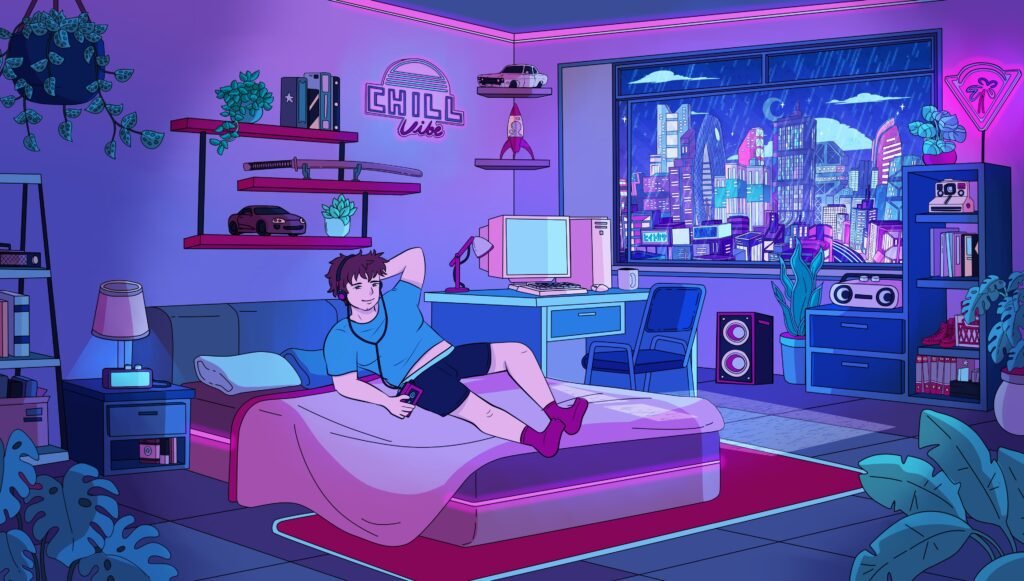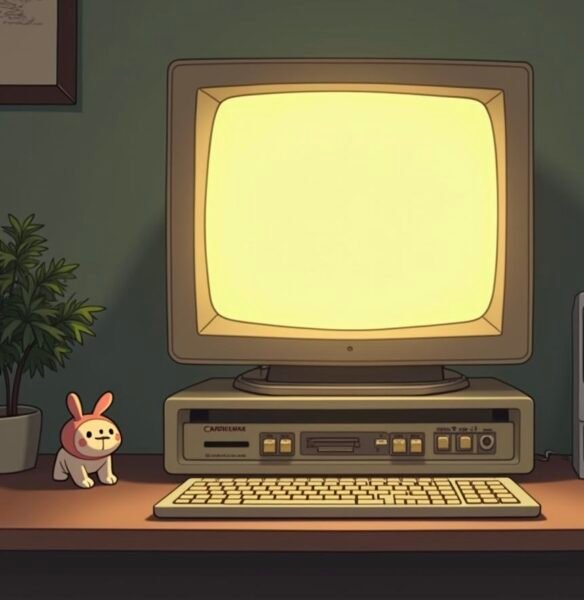Product Description
Chapter 1: Foundations of Your Persona, Niche, and Brand
Section: Define Your Brand and Niche
When you’re building a persona and a brand, it’s tempting to focus only on what kink you serve or what kind of file you make.
But the deeper emotional bond—the thing that makes your audience feel like they’re stepping into a living world every time they press play or click open—comes from something quieter but just as important:
your themes.
Today, let’s walk through what a theme really is, how it differs from your niche, and why tending to your themes carefully will let your world—and your audience—grow stronger over time.
When we talk about your niche, we’re talking about what you’re delivering:
- A particular kink (inflation, dominance, mpreg).
- A medium (audio roleplays, erotic stories, belly-focused videos).
It’s the mechanical part of the fantasy.
The doors and hallways.
But your theme is the feeling that runs underneath it all.
Theme is the emotional spine of your work.
It’s the recurring emotional song that plays, whether you’re recording a hypnotic audio file, writing a transformation story, or sharing a slow, deliberate photo set.
Themes are what make your body of work feel cohesive, even when the specifics change.
They are what let your fans recognize your voice even if you step into a new room.
Common Themes in Erotic and Parasexual Content
Themes often overlap, but here’s a broad breakdown of some powerful, parasexually-charged themes you can consciously weave into your work:
Transformation and Becoming
- Emotional energy: Growth, surrender, loss of control, ascension.
- Examples: Muscle growth, weight gain, inflation, body modification, mind control, corruption arcs.
Worship and Adoration
- Emotional energy: Reverence, devotion, possessiveness.
- Examples: Belly worship, foot worship, master/pet dynamics, celebrity/domme/idol scenarios.
Indulgence and Excess
- Emotional energy: Giving in, loss of restraint, forbidden pleasure.
- Examples: Stuffing and feeding, sensory overload scenes, gluttony, pleasure stacking.
Control and Ownership
- Emotional energy: Trust, fear, dominance, submission.
- Examples: Verbal domination, financial domination (Findom), hypnosis, ritual obedience.
Care and Protection
- Emotional energy: Safety, nurturance, emotional surrender.
- Examples: Caregiver/little relationships, ASMR boyfriend/girlfriend experiences, aftercare-heavy dynamics.
Loneliness and Discovery
- Emotional energy: Yearning, intimacy, finding connection.
- Examples: Slow-burn seductions, isolated transformation, lone monster finds a mate narratives.
Corruption and Forbidden Change
- Emotional energy: Taboo, irreversible shifts, guilty pleasure.
- Examples: Mind break, body possession, monsterfication, “bad end” erotic scenarios.
Why Themes Matter
If you only serve a kink mechanically, your work becomes replaceable—just another product in a feed.
But when you serve a kink anchored inside a theme, it feels inevitable. It feels alive.
Fans don’t just come for the act.
They come for the world you create around that act.
They stay because they want to keep feeling the way you make them feel.
Evolving Themes and Niches Over Time
As you grow creatively—and as your audience grows with you—you’ll likely feel pulled to experiment.
Expanding or refining your themes or niches carefully over time is healthy.
- Adding a new twist (introducing MPreg into a transformation-heavy space).
- Layering a secondary theme (mixing indulgence into a control-based framework).
- Branching into a complementary file type (offering voice-led narratives alongside written works).
This expansion invites curious new audiences while giving your loyal core new ways to engage.
But beware of shifting too much at once:
- If you change your theme (emotional energy) and your niche (kink served) and your medium (text to visual to audio) all at once,
you risk confusing, overwhelming, or alienating the audience that trusted you to deliver a recognizable emotional experience.
Especially when you’re first building an audience big enough to sustain you both financially and spiritually, stability matters.
Growth is good.
Radical upheaval can be fatal.
When I started Max Reynard, my themes were centered around transformation, belonging, indulgence, and surrender.
Even as I explored different fetishes—body changes, size expansion, emotional control—the emotional atmosphere stayed consistent.
It made every new project feel like a new room in the same house, rather than a different address altogether.
Checkpoint for reflection:
- What emotional atmosphere do you want to soak your audience in?
- If someone drifted from one of your pieces to another, would they still feel like they were inside the same world?
Your audience wants to trust you enough to lose themselves.
Your theme is what makes that possible.
You are building more than clips, images, sounds.
You are building a living emotional world.
Themes are the invisible architecture that makes that world stable enough to explore—and magnetic enough to return to.
Choose them with care.
Expand them with intention.
And your world will never stop growing.
When you’re ready, the next post will walk with you into Avoiding Burnout with a Sustainable Niche—where we’ll talk about protecting your energy while still delivering heat, loyalty, and passion to your growing world.
Return to the Table of Contents





